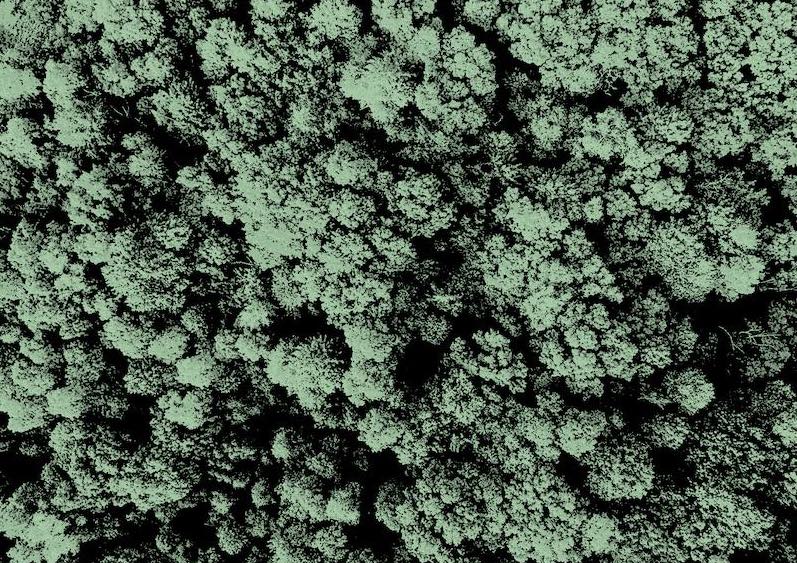What is it about?
Patient perspectives are typically measured through satisfaction and experience surveys. However, these do not capture all the information available from patients. This limits the usefulness of such tools in various health system interventions. We explored what patient perspectives were in Lebanon, using group discussions with patients. We identified various perspectives, including valuing of health and patient perceptions on each of the health system, and access and quality of care. We propose a framework linking Patient Perspectives to Value-Based Healthcare and Health System Performance.
Featured Image

Photo by National Cancer Institute on Unsplash
Why is it important?
Patient perspectives should be better understood, and patients more widely engaged within health systems, in a manner that is not only limited to their experience of healthcare. Engaging patients for their perspectives is essential for moving towards a patient and people-centered health system. Altogether, this would represent a return to a core aspect of early Hippocratic medicine, which is accompanying the patient and meeting their individual goals.
Perspectives
Working on this study to understand patient perspectives was an important personal goal for me. I aimed to bring these perspectives to policymakers in Lebanon, to work towards patient-centeredness of the health system. The findings carry even more weight following the multiple crises faced by Lebanon since 2019. The overall framework for relating perspectives to health system performance and value-based care are likely to be relevant to other countries as well. I hope researchers, practitioners and the public would find this a useful contribution in their efforts to center health systems on patients and people.
Jade Khalife
Lunds Universitet
Read the Original
This page is a summary of: Exploring patient perspectives: A qualitative inquiry into healthcare perceptions, experiences and satisfaction in Lebanon, PLoS ONE, August 2023, PLOS,
DOI: 10.1371/journal.pone.0280665.
You can read the full text:
Contributors
The following have contributed to this page










